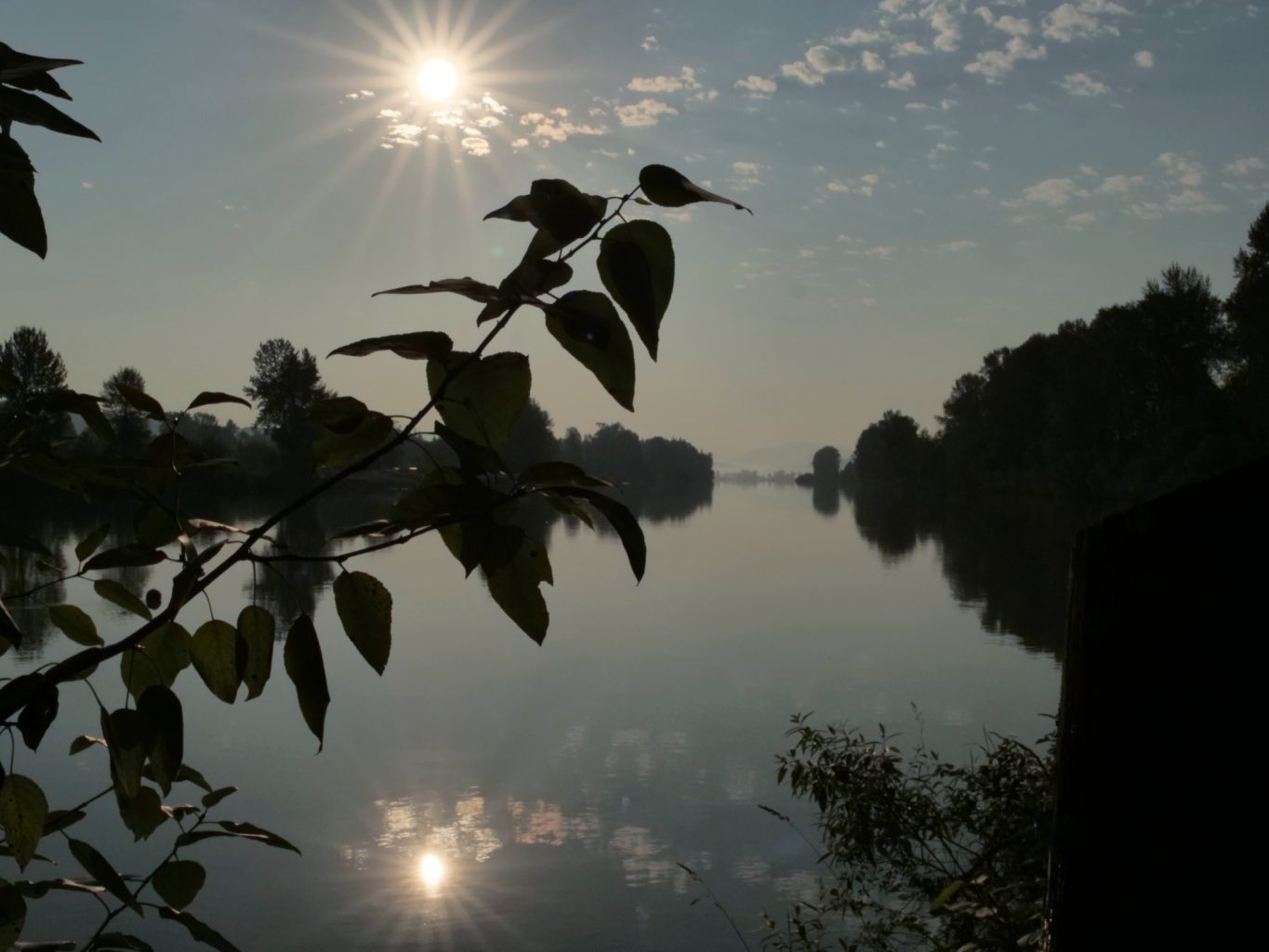
The Spring equinox is a yearly event we hear about, but unless you are specifically involved, it doesn’t generally take on the importance it did in times gone by. It may be worth a few moments to consider what it means and the opportunities this event can offer, even if only in a small way.
The word “equinox” comes from Latin “aequus” which means equal and “nox” means night, marking a time when the hours of daylight and night are close to equal. The 2 yearly equinoxes are the only times when the sun sits exactly above the equator, thus rising directly due East and setting directly due West for everyone on Earth.
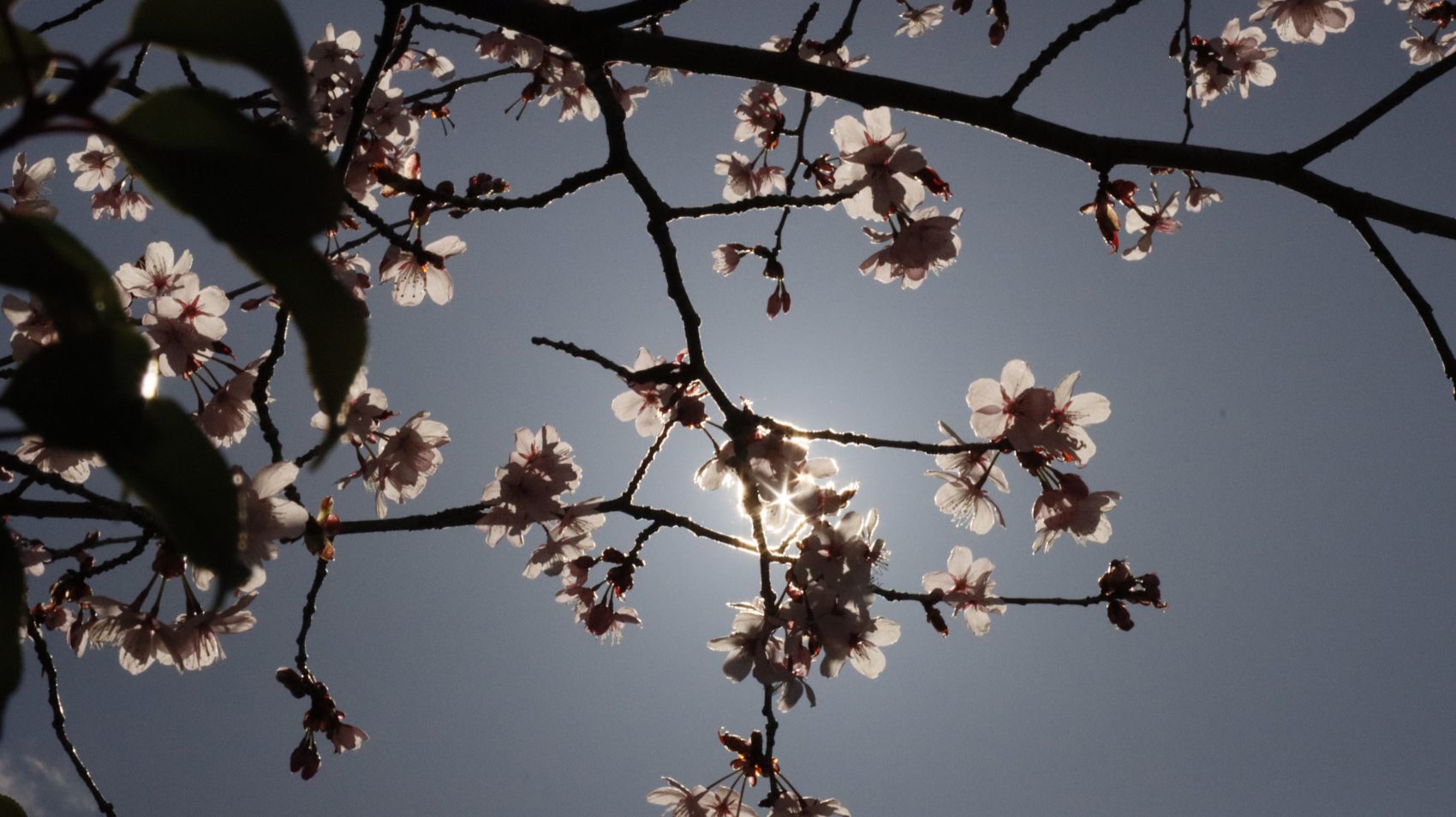
The Spring Equinox is also called the Vernal Equinox. The word vernal is of Latin origin and refers to something “relating to or occurring in the spring” or “being fresh or new like spring”. The Spring Equinox signals the arrival of spring for the Northern hemisphere as the Sun crosses the celestial equator to begin its journey north.
The angle of the Earth’s tilt toward the Sun is what astronomers rely on to define the times of the equinoxes and solstices. The National Oceanic and Atmospheric Administration (NOAA) tells us spring is one of two times when the Earth’s axis is not pointed toward or away from the sun.
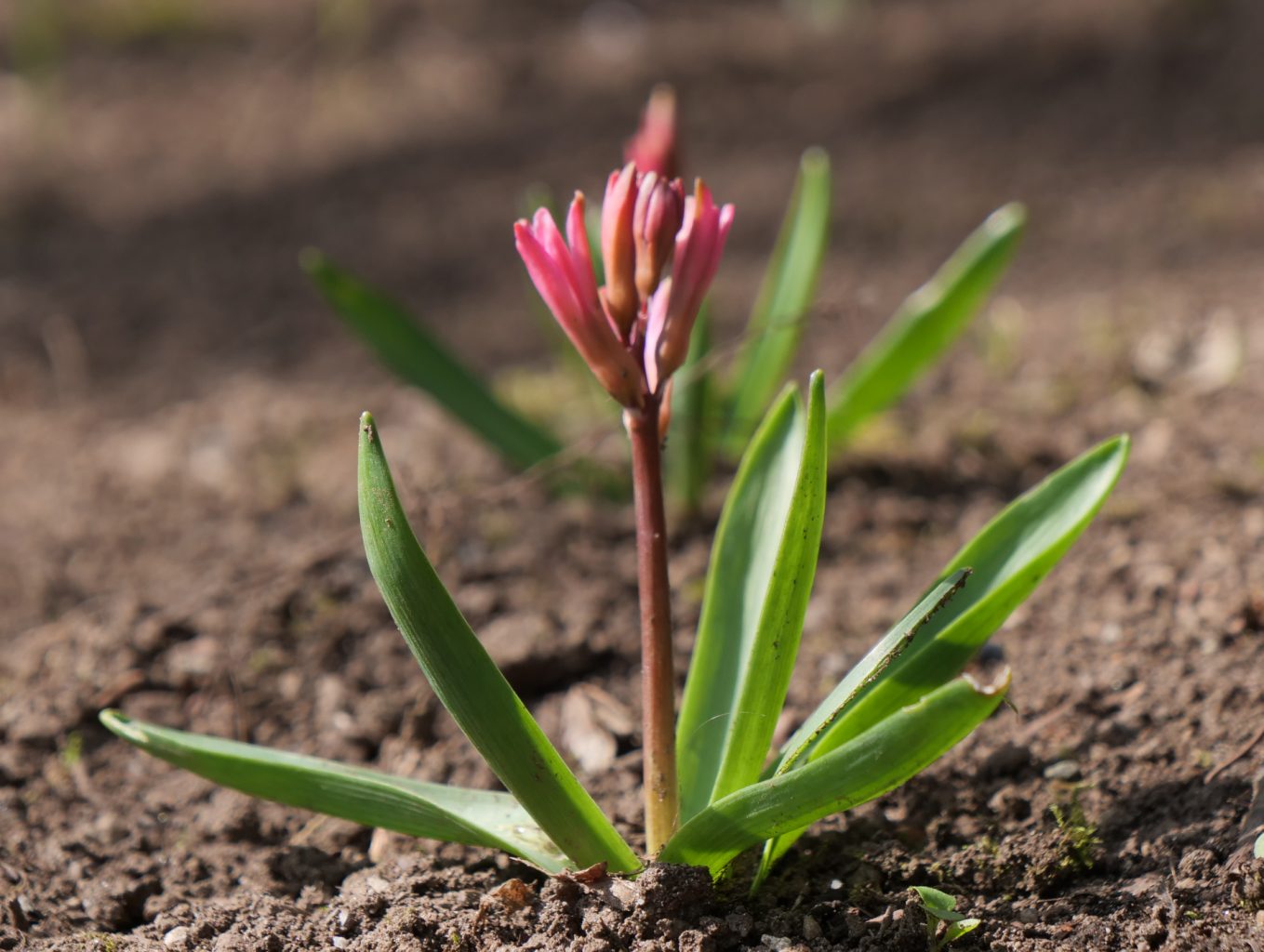
More than a feeling….
In the Northern Hemisphere, the Spring equinox symbolism is powerful as it heralds the end of long months of winter. The effect is more than symbolic or intellectual, it reaches all the way into our vital biological processes.
Scientists say that, as the increasing amount of daylight in spring enters the retinas of our eyes, it travels to the pineal gland and slows the production of melatonin (the sleep hormone). The effects aren’t instantaneous but, as the days lengthen, most people sleep less and become more alert. Being more alert and with additional hours of daylight we tend to move more, enjoying outdoor activities. More exercise creates additional endorphins (pain-relieving chemicals which contribute to feelings of contentment). The increased daylight also promotes the production of serotonin, the “happy hormone”.
Although most enjoy the natural lift in energy and mood, not everyone has the same internal chemical mix and effects vary. Getting into “overdrive” with spring fever or finding it hard to maintain focus on work are two of many possible reactions.
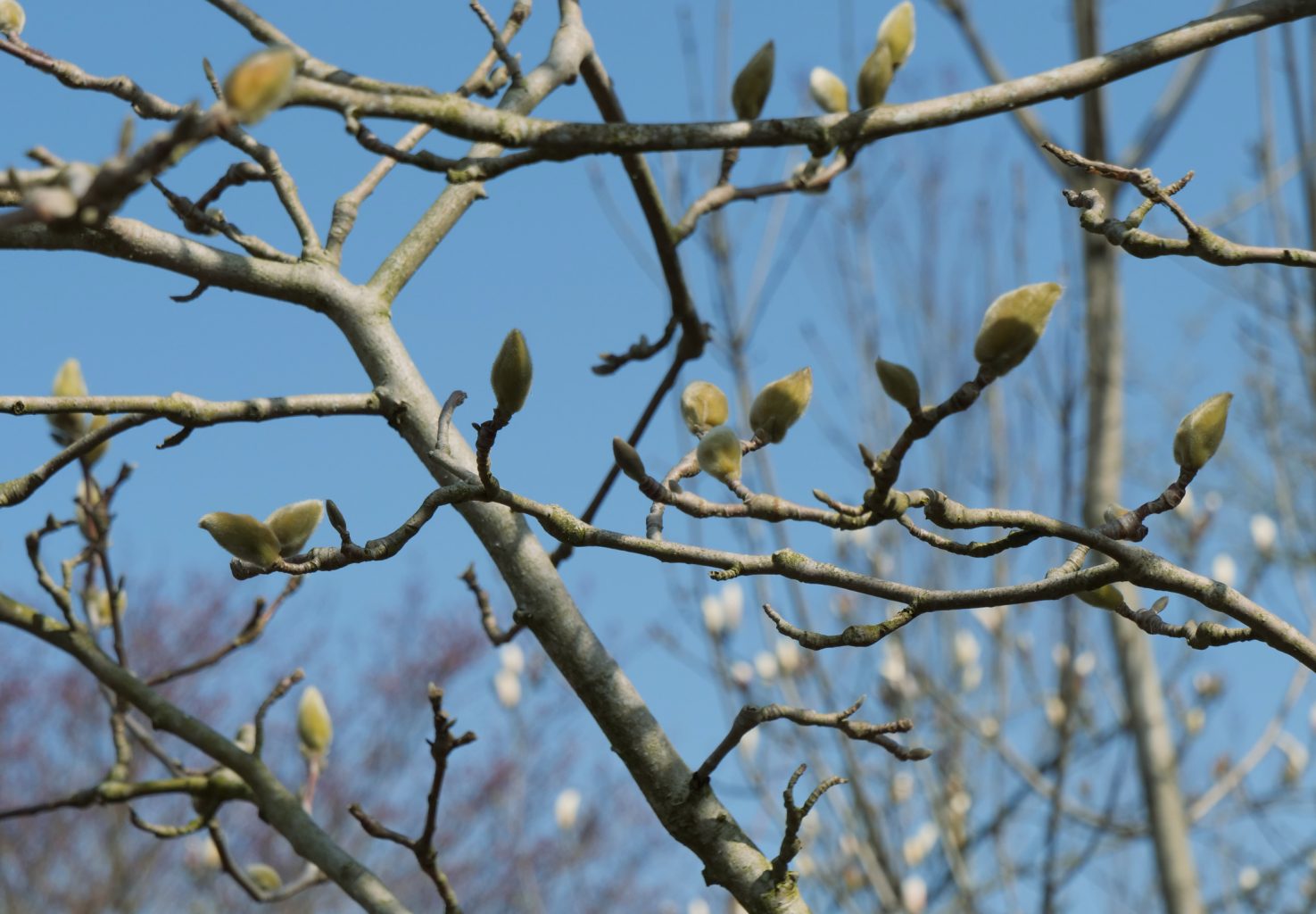
The “return of the light” not only affects humans. Our fellow earth inhabitants’ deep instincts also respond to its call. The Spring equinox sets off a tenuous balance for animals, birds, plants and insects to strike while pitting their survival against the possibility of producing offspring.
Insects have some interesting spring chemical changes as they, even some butterflies, reverse the effects of winterizing their body chemistry. To withstand winter, they produce glycerol (a kind of antifreeze similar to what we add to windshield washer) in their body fluids. Other insects are able to control where ice crystals form in their bodies during winter freeze and, when spring arrives, the ice melts and they resume activity.
Birds begin looking for a mate, stake out their territory and ready themselves for nest building as the daylight lingers. Reptiles and amphibians, hibernating over winter, begin preparations by accelerating their metabolism sometime in February.
All this timing: the waking of hibernating animals, the internal alarm for when winter-protected insect eggs finally hatch, the shedding of coats and color changes of fur is an exquisitely balanced orchestration where species receives “individual-instinct-instruction” in response the lengthening of the days. The Spring Equinox marks the tipping point toward the crescendo of the symphony of spring.
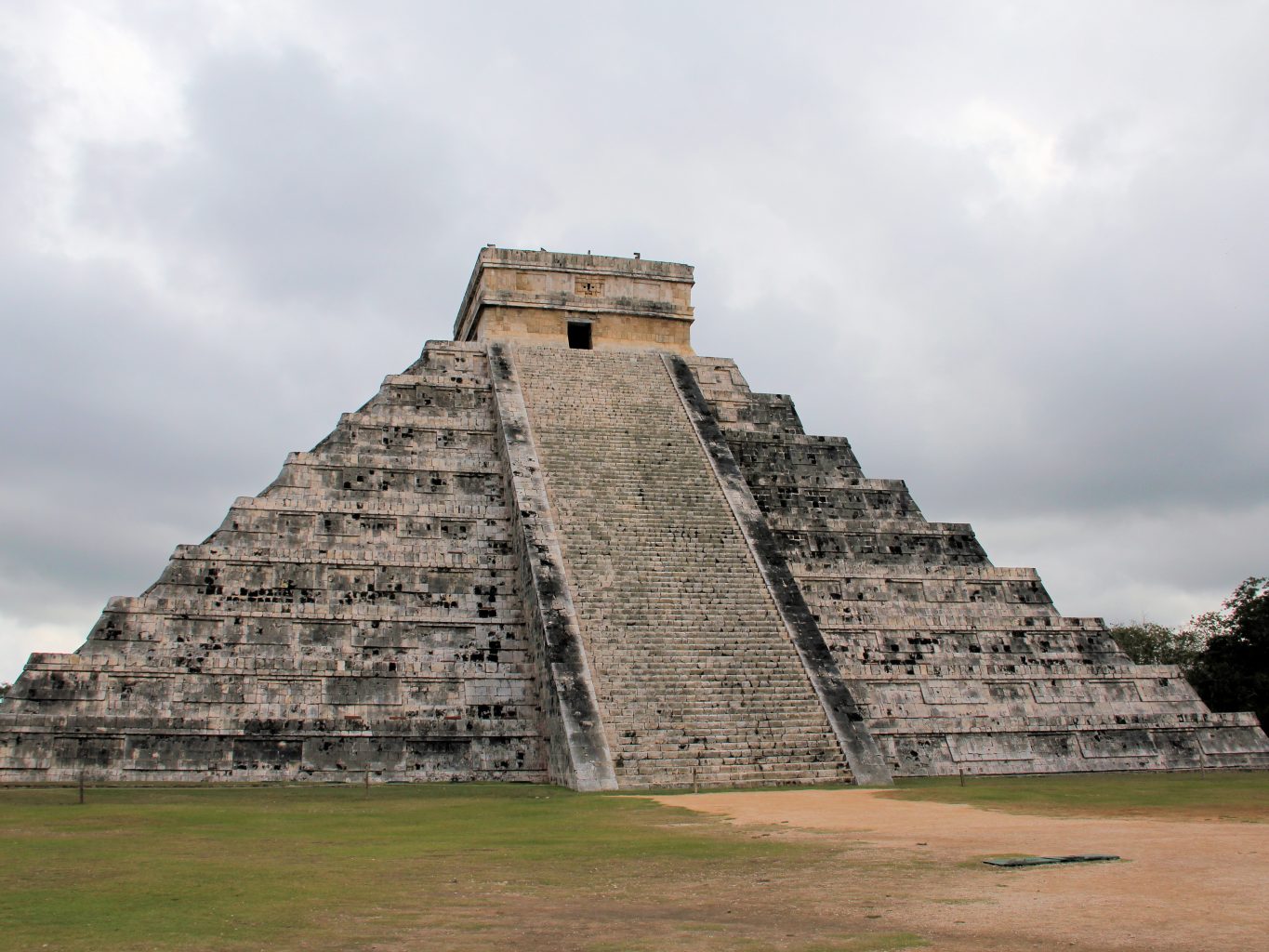
As the Spring Equinox reverberates throughout the world, countless people come together to celebrate. In Japan, Buddhists celebrate it as Higan, a holiday for the 7 days surrounding the equinox. For them the equal day and night is a reminder of good/evil in the world, encouraging others to reflect on the 6 perfections.
In India their festival, called Holi, is two days full of activities including depictions of Hindu legends showing good triumphing over evil. The night before the equinox, massive bonfires are lit and the people dance.
The Persian New Year begins on the Spring equinox and it is called Norooz. Their rituals begin about 3 weeks before the Equinox with ritual cleaning of homes and on the last Wednesday evening before the Equinox, they also celebrate with public bonfires.
Chichen Itza, the pre-Columbian city built by the Mayans, houses the great step Pyramid of Kulkulcan in Mexico constructed about 8th – 12th century AD (see image above. There are 365 steps, one for each day of the year. Twice a year, for a week before and after (as well as on the spring and autumn equinoxes), as the equinox sun sets, the play of light and shadow creates the appearance of a snake that gradually undulates down the stairway of the pyramid, making it a very special place to be at Equinox times.
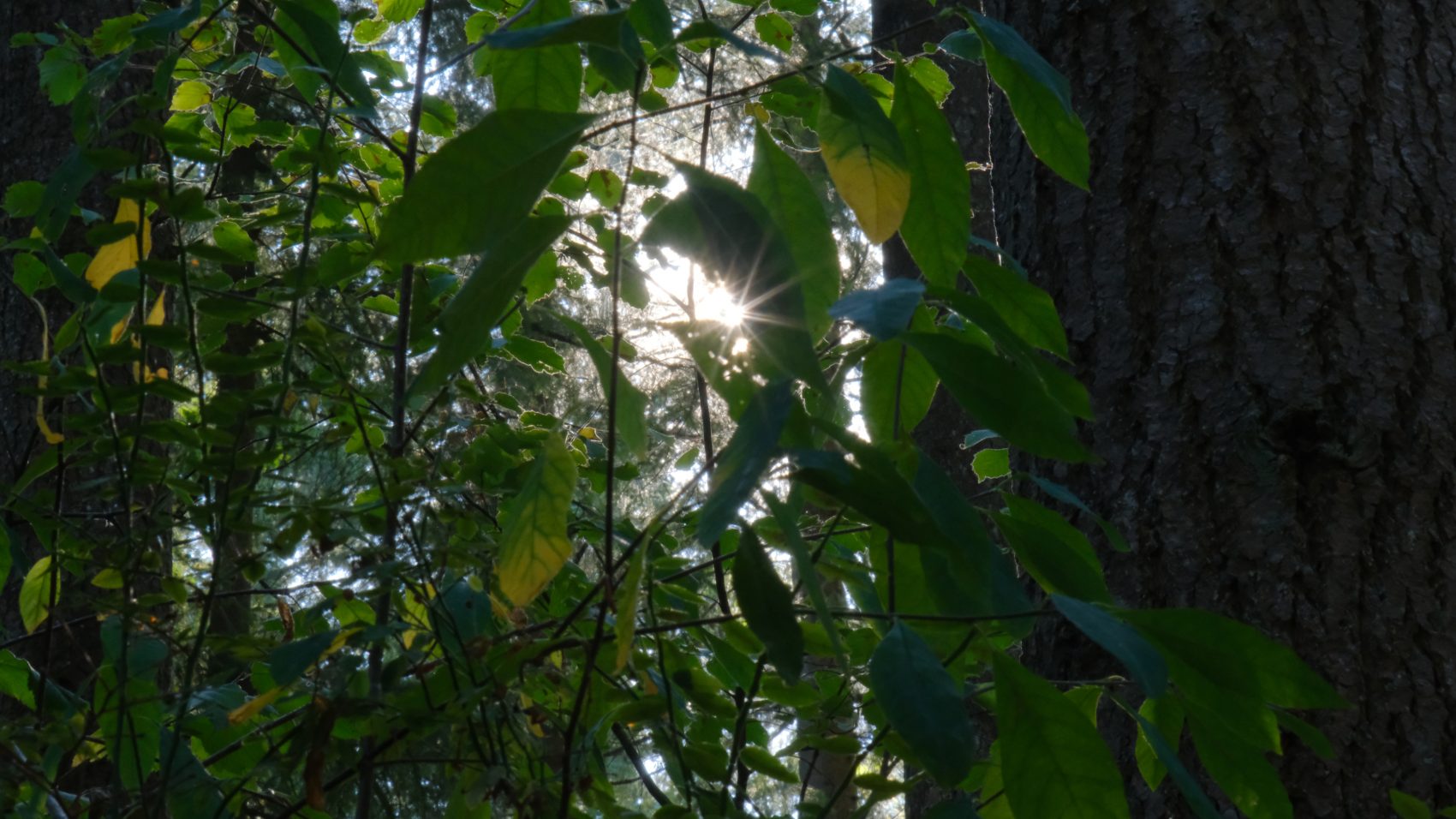
There is even a little astrological stimulus as the Sun passes through the gateway of the Spring Equinox and we are energized by its presence filtering through the feisty astrological sign of Aries. Moving into the “yang” half of the solar year, the symbolism uplifts with concepts such as courage, energy and vitality.
Our opportunities are endless and limited only by our imaginations, especially as we have the extra stamina to tap into something fresh. Perhaps you could do a traditional or ritual style clearing and cleaning of your home, have a traditional/ritual type of bonfire or create your own special ritual alone or with others.
This time of equal light/dark is a good time to think about balance in your life and make some adjustments if you need to. Too much work or not enough? Too much talking or too much listening? Too much pessimism or too much optimism?
Last, but not least in our suggestions – reacquaint yourself with the wonder of nature by spending some time outdoors, mindful of the miracles happening all around you. Perhaps plant some flowers in your home that can be enjoyed indoors or transplanted outside when they are ready.
You’re only here for a short visit. Don’t hurry. Don’t worry. And be sure to smell the flowers along the way. Walter C. Hagen
“Nothing ever seems impossible in spring, you know.” L. M. Montgomery
